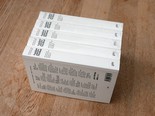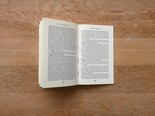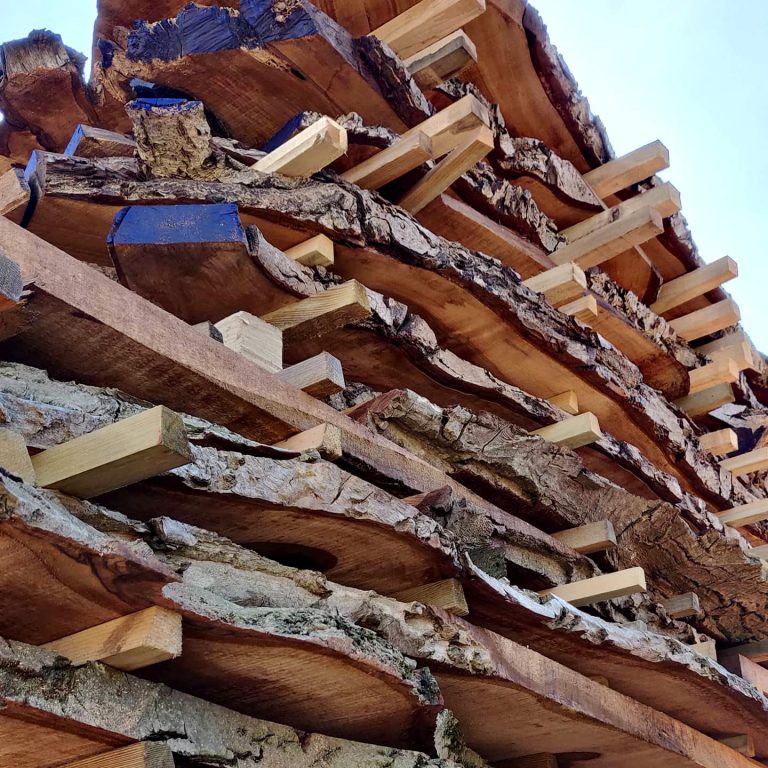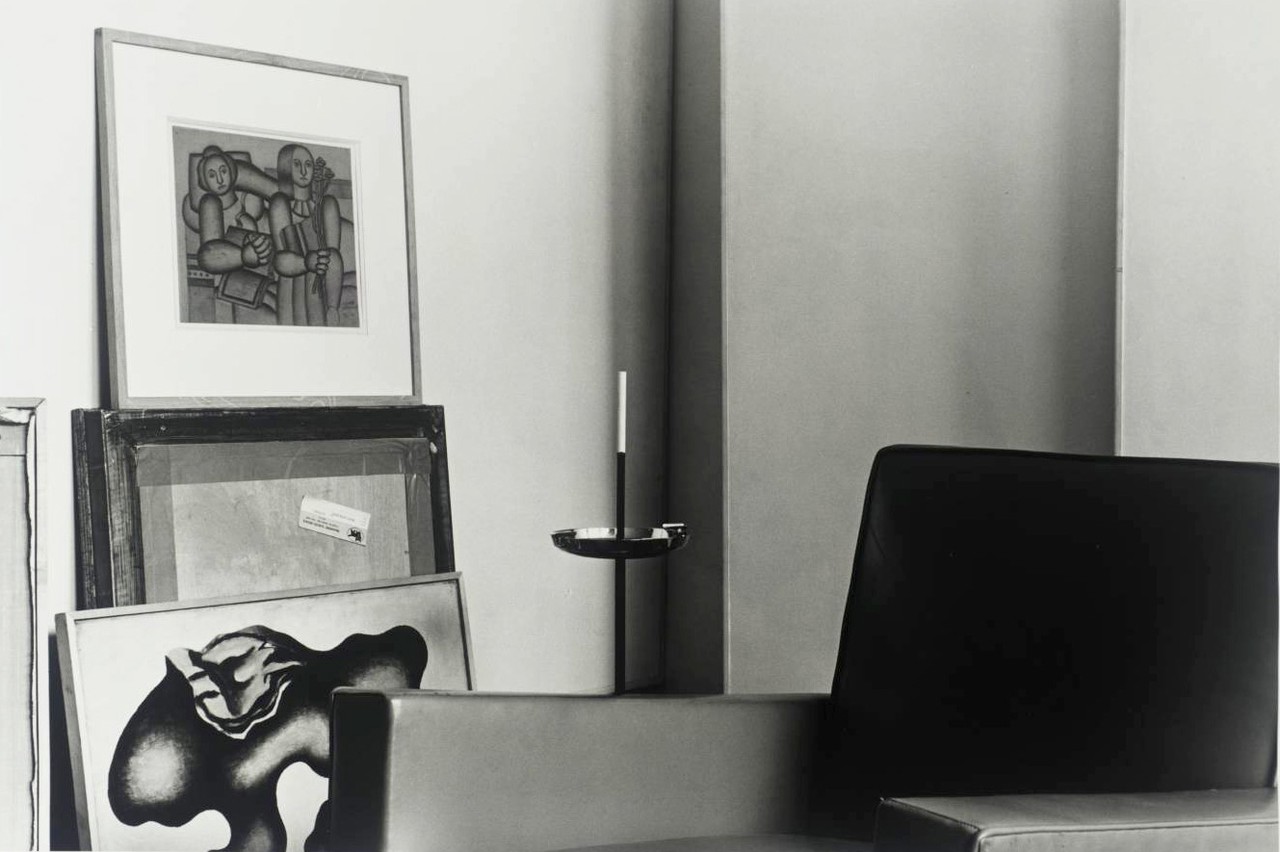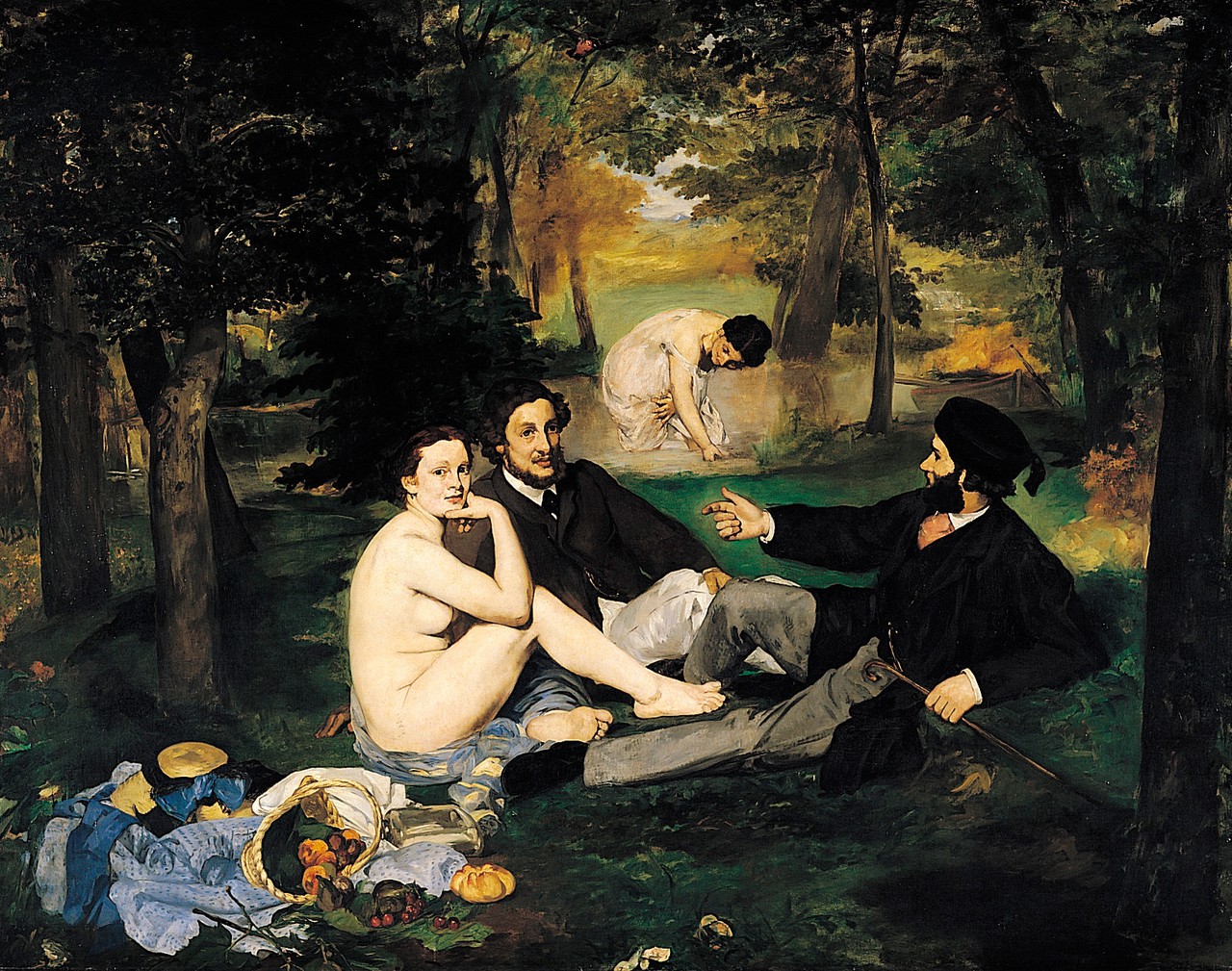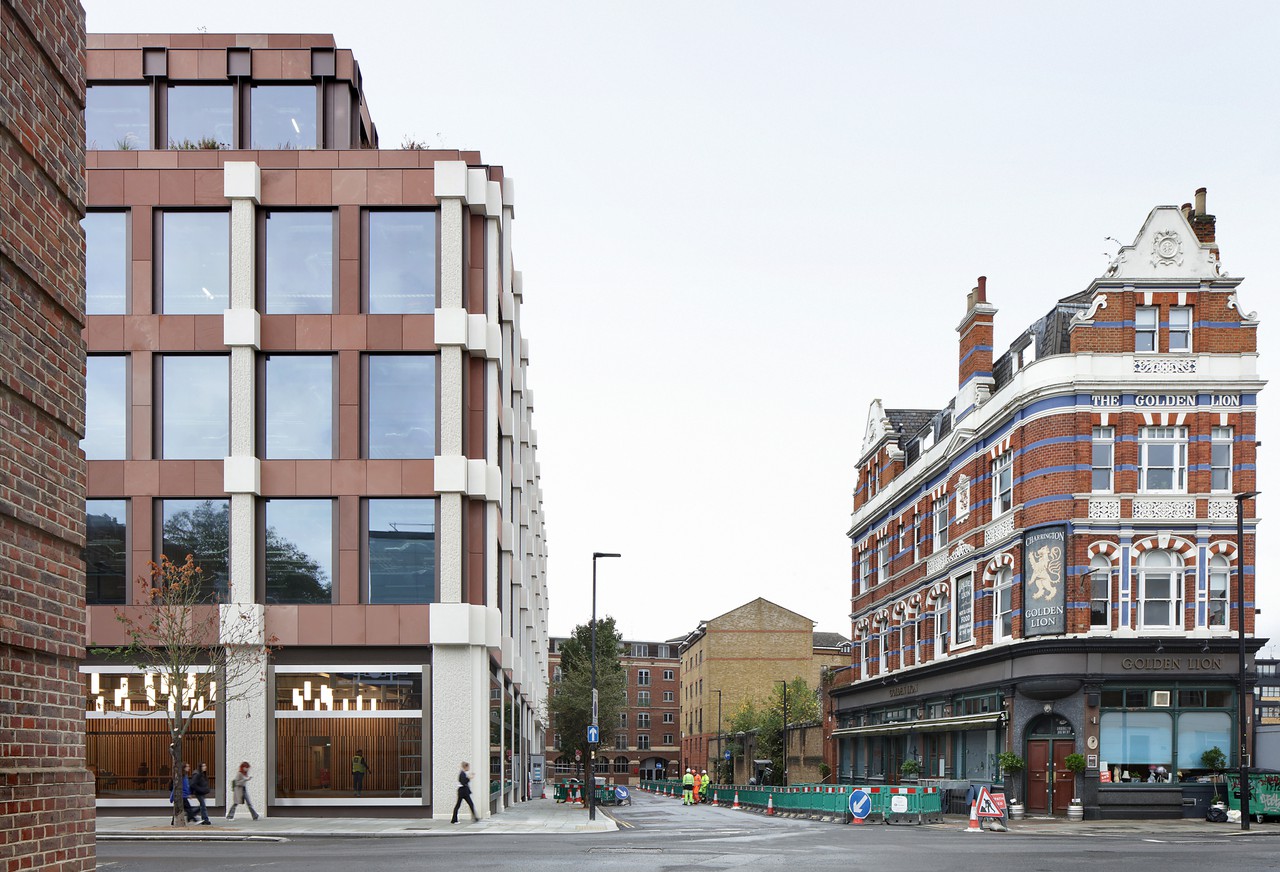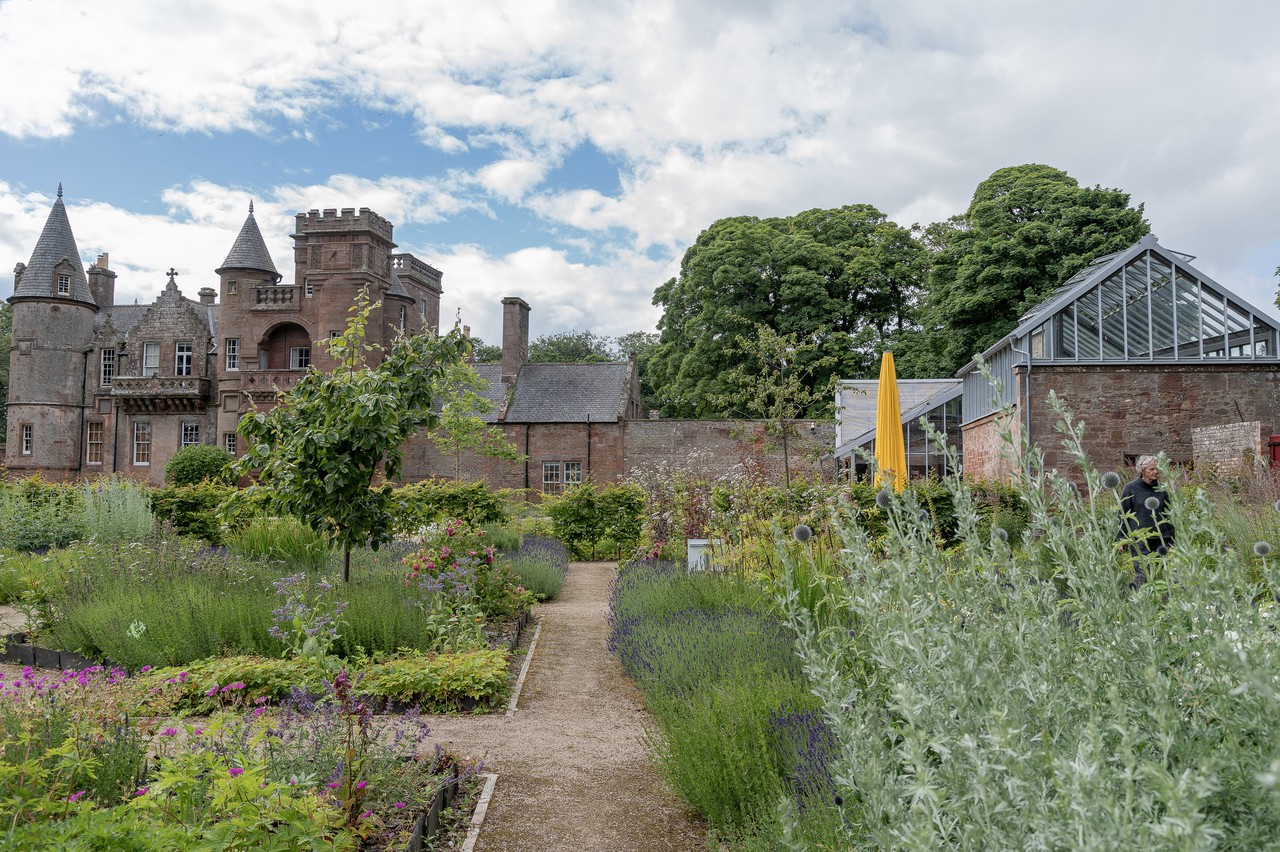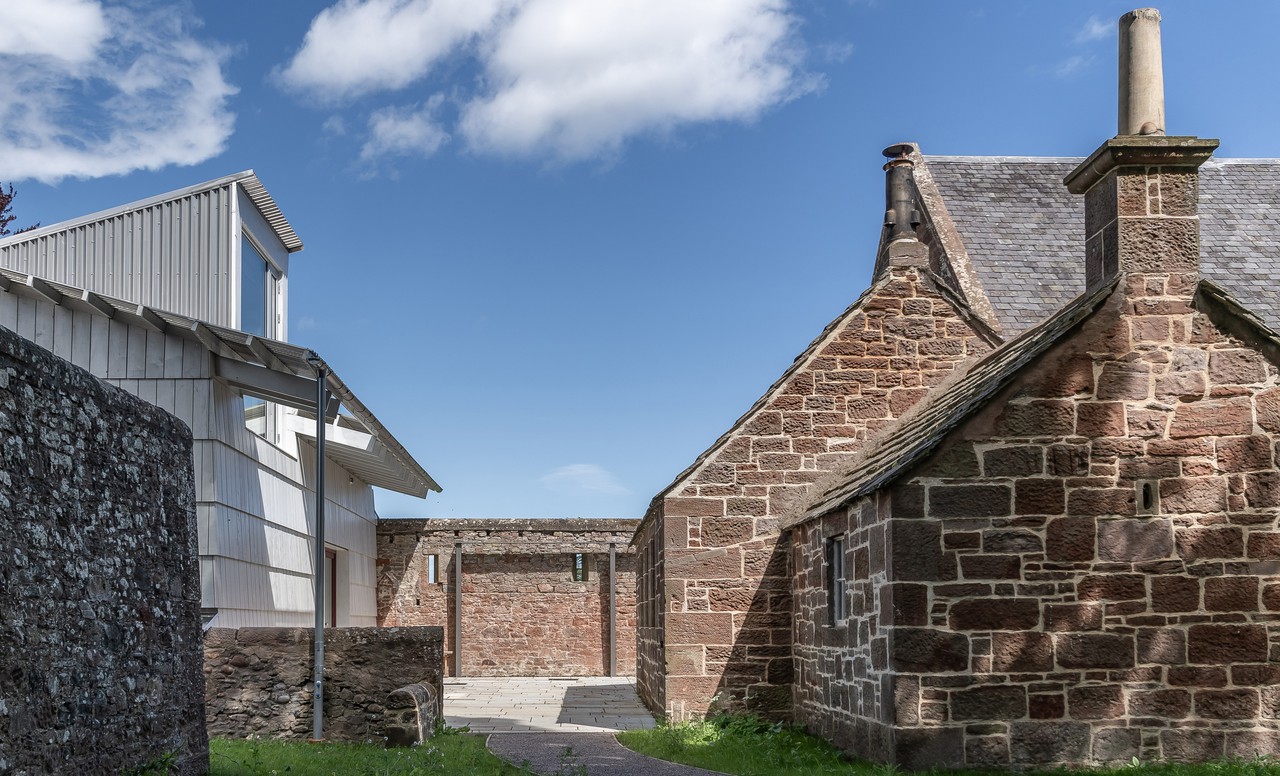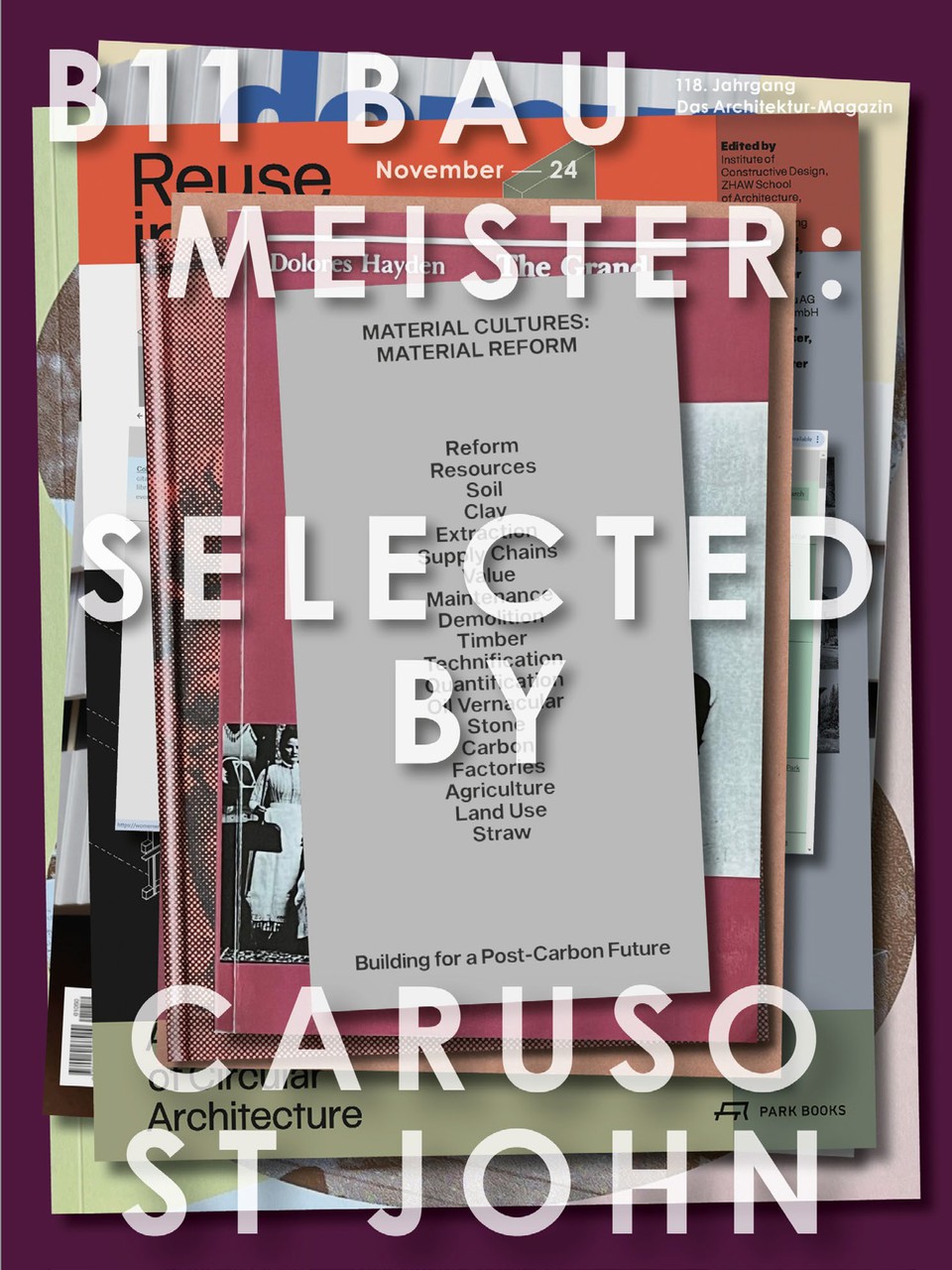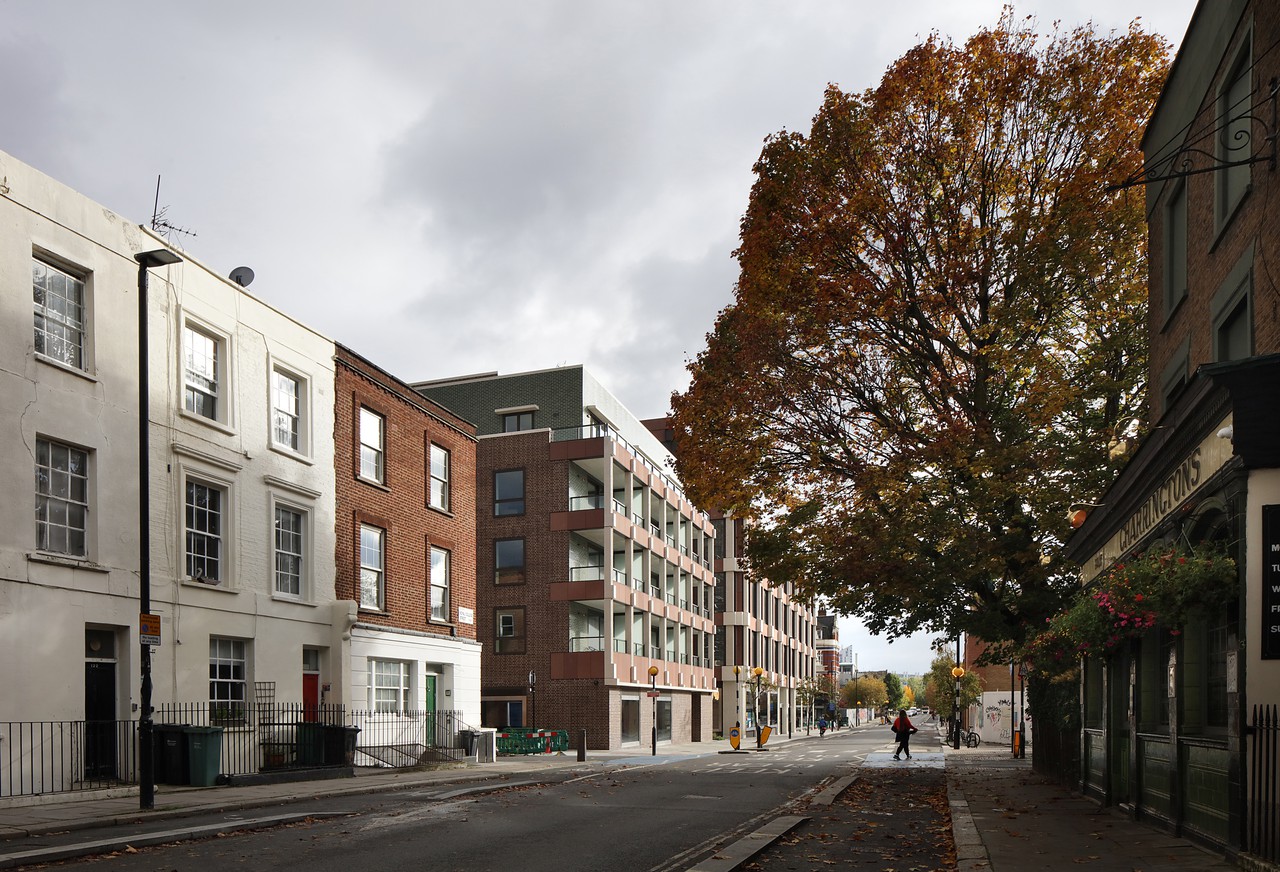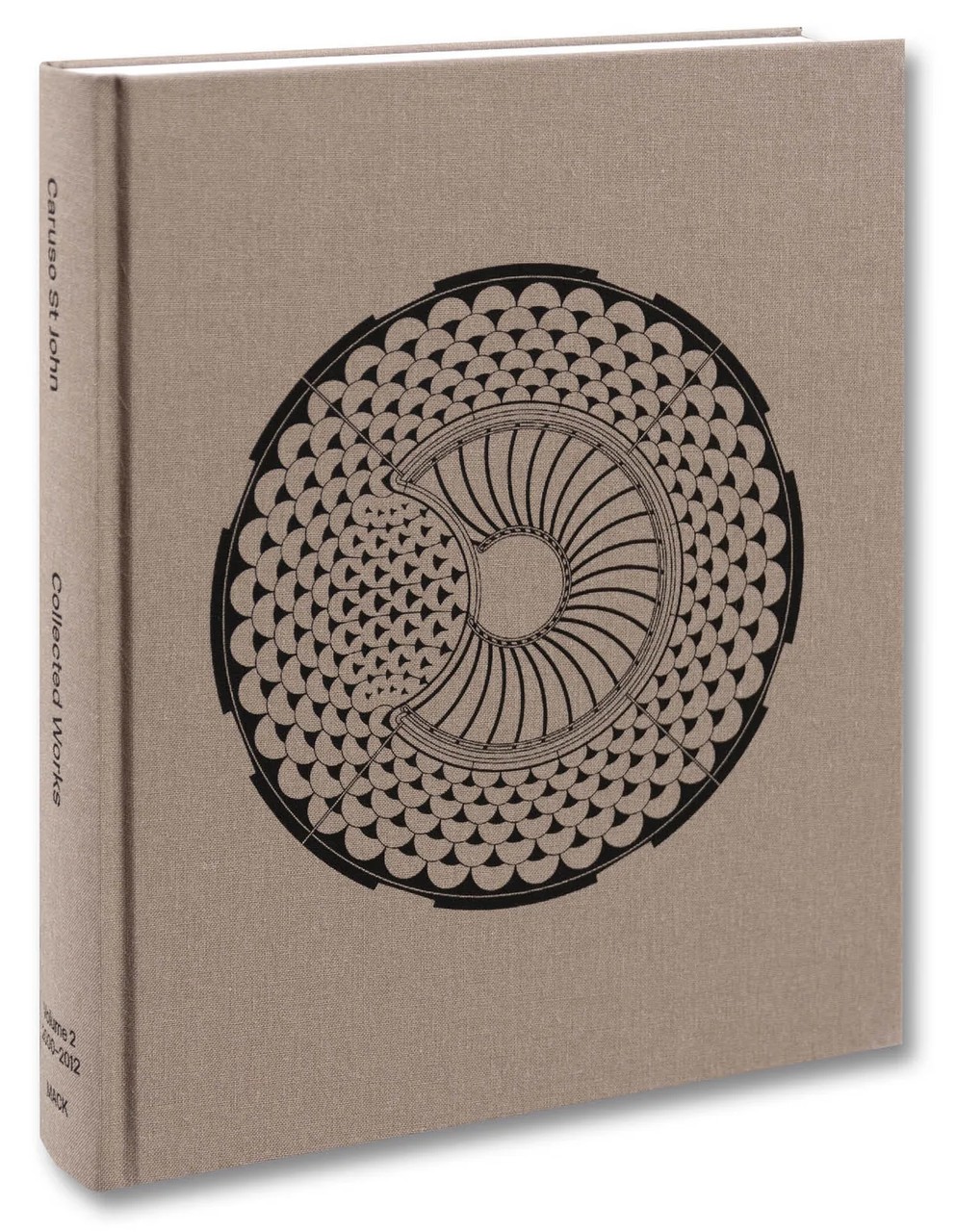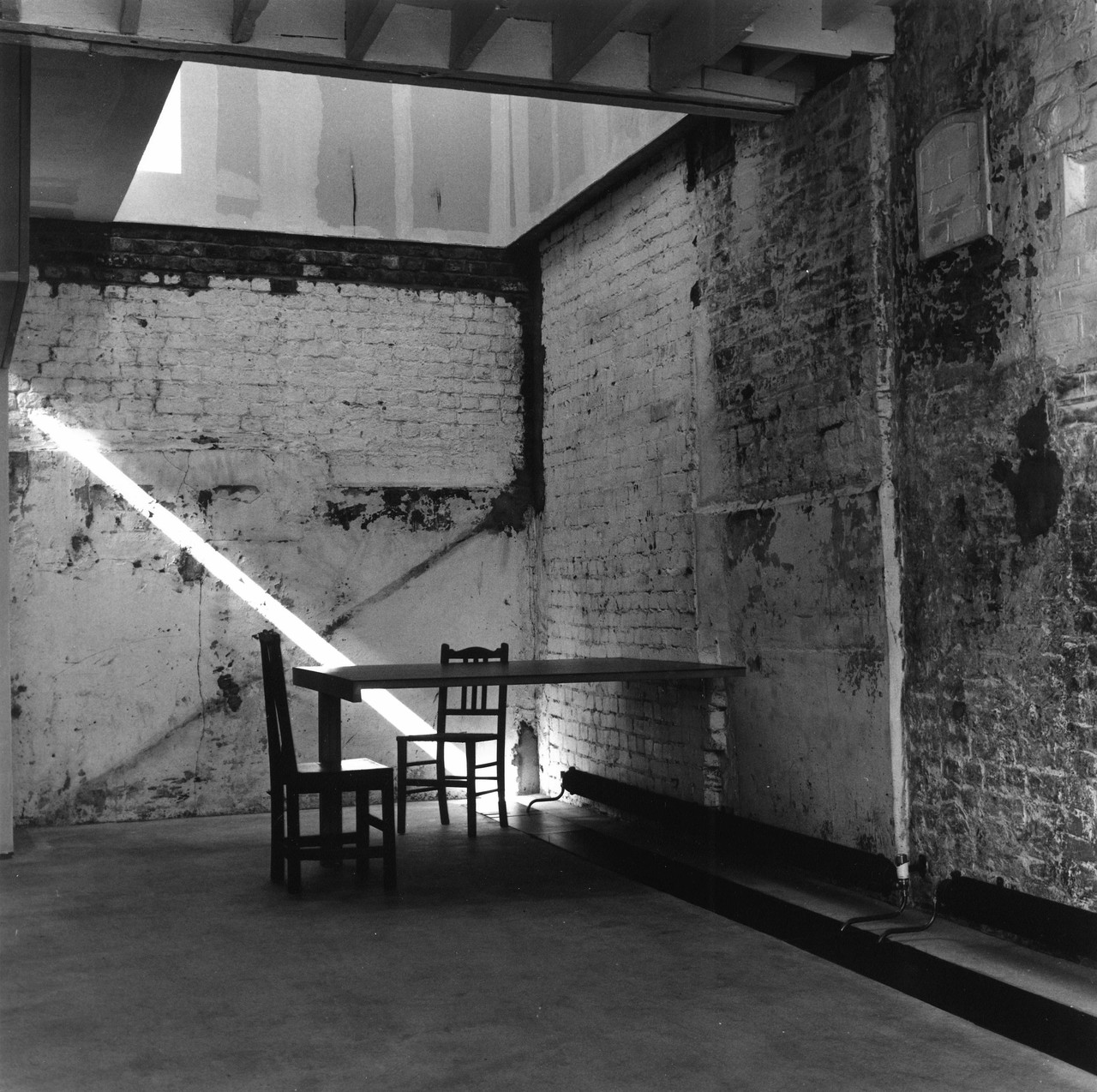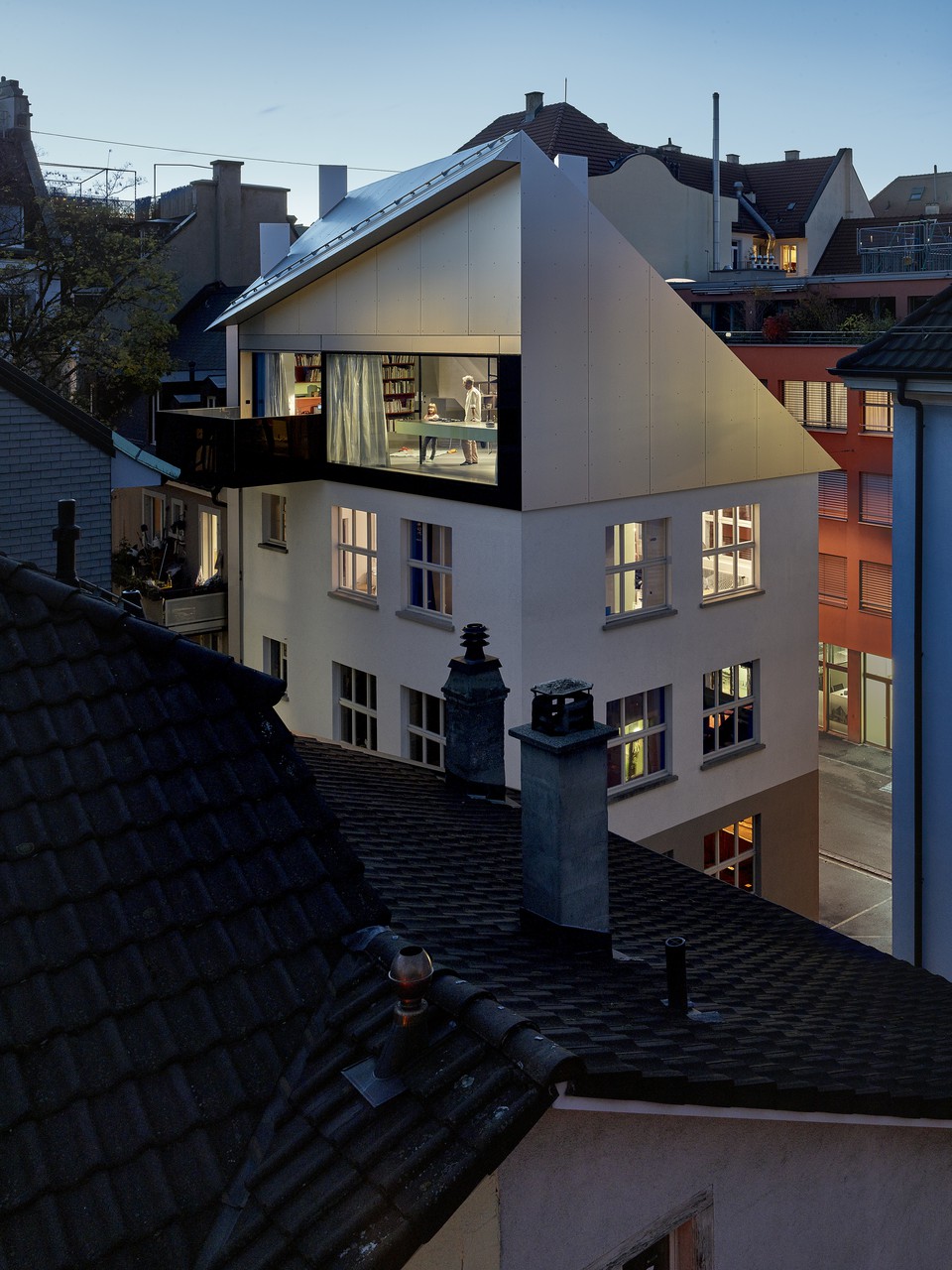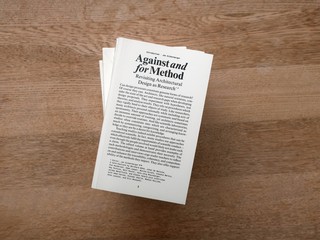
An interview with Adam Caruso features in a new gta Verlag publication, Against and For Method. Edited by Jan Silberberger, the volume tries to tackle the deficiencies in studio teaching and proposes possibilities for integrating research approaches into teaching and practice.
It features a range of contributors, including Bernhard Böhm, Johan De Walsche, Kim Helmersen and Monika Kurath, among others. In addition to these essays, five interviews were conducted with practising architects, who are also studio professors at ETH Zurich. These contributions and conversations are intended to urge studio teachers to consider that conceptually coherent approaches aids their students.
Book design and photos © Brighten the Corners.
Related news
Peter St John's London Met Unit will investigate the theme of Second Life. The term comes from the artist and social activist Theaster Gates, who states that almost everything can be reused. This is evident in his work which has involved collating discarded objects and materials, as well as salvaging and refurbishing whole buildings.
Students will look at the question of how to renew buildings; how construction can be less energy-demanding and creating systems where buildings are indivisible components in a regenerating ecological system.
Students in studio Adam Caruso at ETH Zurich will spend their Autumn semester working on a group of structures around Helvetiaplatz in Zurich. Through model-making and drawing students will engage with not only the adaptive reuse of existing buildings, but also how we can reframe the cultural value of them.
Following his January 5th lecture All Buildings are Beautiful at the Museum of Contemporary Art in Warsaw, Adam Caruso was in conversation with architect Aleksandra Czupkiewicz. A transcript of their discussion is published in the March edition of Architektura Murator.
St Pancras Campus is reviewed in the March edition of the RIBA Journal. Chris Foges speaks to Peter St John about the state of commercial development in London, discusses the building's contribution to its urban setting at the border of Kings Cross and Camden Town, and commends its rich detailing and high quality approach social housing.
Hospitalfield features in the third issue of Alder, a publication documenting Scotland's modern architecture, produced by the office of Mary Arnold-Forster.
Rowan Moore includes the new studio building at Hospitalfield features in his top five projects of 2024, calling it "a playful, expressive structure in which fun is had, in the tradition of Arts and Crafts architecture, with eaves, gutters, cladding and other basics of building".
Caruso St John are guest editors of Baumeister's annual curated issue. The issue is conceived as a reader, presenting a series of texts that have influenced the practice's recent thinking, including writing by Material Cultures, Grace Ndiritu, Barbara Buser, and David Holmgren.
St Pancras Campus is reviewed in the December issue of the Architects Journal. Rob Wilson visits the building with Peter St John and Rod Heyes and discusses its position in the emerging cityscape between the railway land of King Cross and the Victorian terraces of Camden Town.
This second volume in Caruso St John’s Collected Works is published this month by MACK. The publication traces an interlacing set of themes through the practice’s work over the first twelve years of the twenty-first century. Its unique approach to history is revealed as a rejection of the myth of relentless novelty in favour of an understanding of the past as present and an interest in working with the existing. The influences of Milan, Chicago, and Rome on understandings of the city are explored, as well as the use of ornament and the place of Switzerland in shaping the practice’s evolving trajectory. Throughout these contexts, collaborations with contemporary artists including Thomas Demand and Damien Hirst continue to shape the practice's relations to the materiality and drama of space.
Owen Hatherley takes an in-depth look at the first two volumes of Caruso St John's Collected Works for Sidecar, the blog of the New Left Review, charting the practice's origins in 1990s London and its 'principled refusal' of the tenets of the so-called starchitects that rose to prominence during that decade.
A+U magazine has published a second issue dedicated to the work of Caruso St John. The publication covers projects undertaken since 2015, with a particular focus on the practice's work with existing structures.
Publication
Mount Royal
Adam Caruso
In a publication presented by ETH Studio Jan De Vylder, Adam Caruso reflects on his experiences growing up in Montreal and family visits Mount Royal, the mountain located directly west of downtown and one of the city’s largest green spaces.
